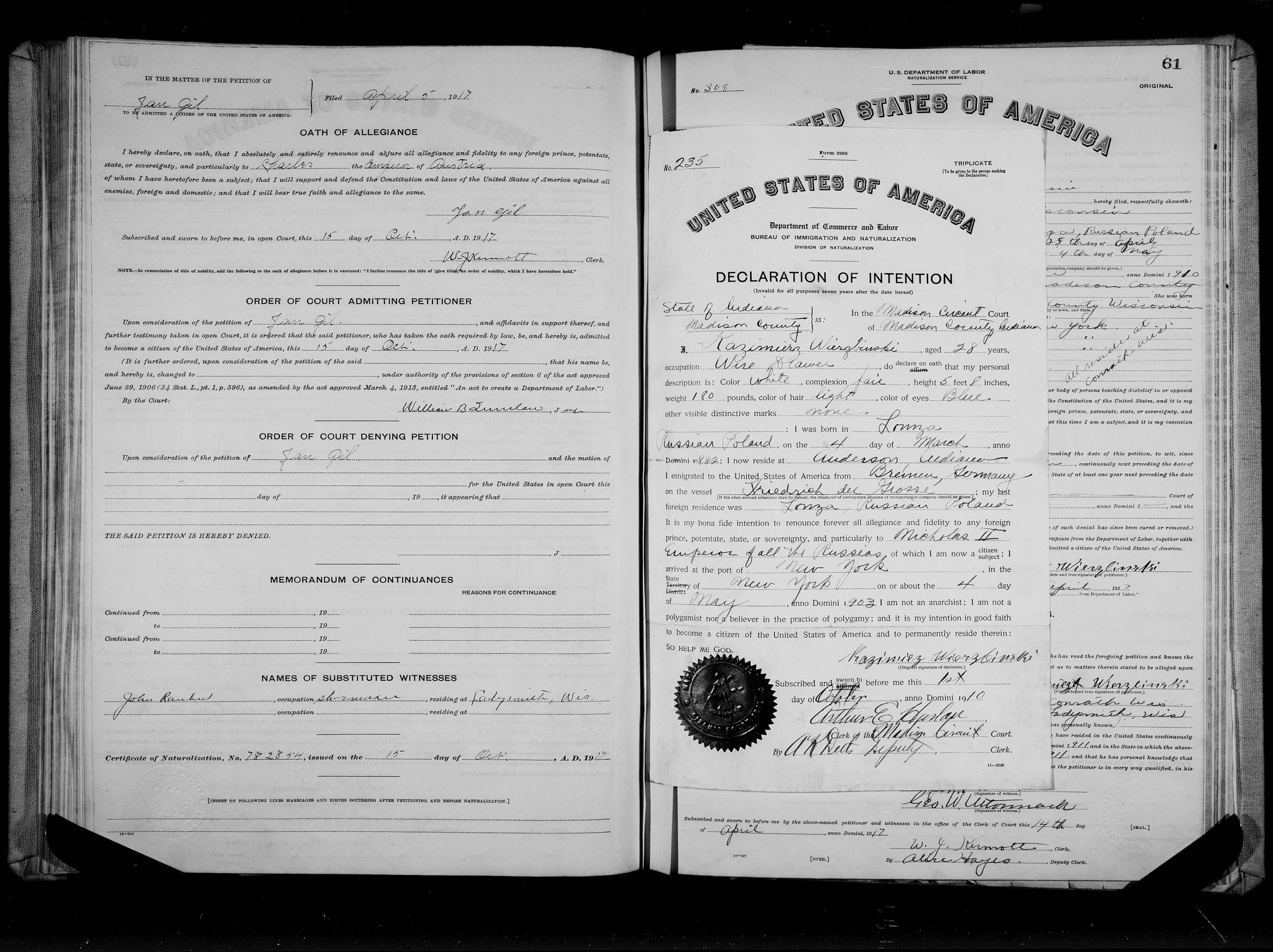I was fortunate to work at a large scale research project at the National Archives and Records Administration (NARA) in Washington, DC and the National Records Center in Suitland, Maryland for 18 months in which I daily handled Civil War Pension Files and Medical Records and Military Service Records. It was a treasure trove of information on the soldiers and their families.
United States Civil War and Later Pensions is an enormous record group at NARA and the National Records Center. Pensions began to be issued to disabled veterans in 1862 with laws making major changes to the qualifications being made in 1872, 1890, and 1906. According to the Social Security Administration, by 1910, 90% of living Union veterans were receiving a pension.
There are indexes to Union Pension Records with nearly 2.5 million Index Cards. There are several ways to search the index files; Family Search has United States Civil War and Later Pension Index, 1861-1917 and United States General Index to Pension Files, 1861-1934; Ancestry’s Index is the same as the latter from Family Search ; and Fold3 has Organization Index to Pension Files of Veterans Who Served Between 1861 and 1900. I recommend that you look at all three.
Each of the databases yielded a different card on the same person, which will give you the necessary information in order to request their full pension records; however, they also give important information regarding the veteran and their families. We find out not only the service information for David N. Dague within the index cards, we find his wife’s name- Matilda J., the mailing address in Perry, Oklahoma (if the name sounds familiar watch Far and Away with Tom Cruise and Nicole Kidman), the monthly pension amount- $15-50, and David’s date and place of death.
From United States Civil War and Later Pension Index, 1861-1917
From United States General Index to Pension Files, 1861-1934
From Fold3’s Organization Index to Pension Files of Veterans Who Served Between 1861 and 1900, Indiana, Infantry, Regiment 155, Company A
If you do not have subscriptions to Ancestry.com or Fold3, you can access them at Family History Centers or your local library. Many community libraries have the databases available at the library or remotely with your library card number. Family Search can be accessed through any computer; however, you will have to create a free account.
Next: Requesting Civil War Pension Files














